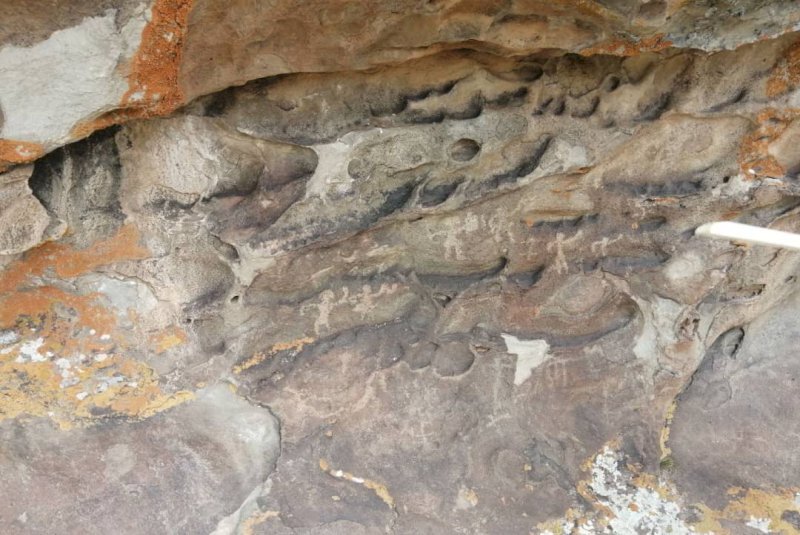Ancient petroglyphs discovered in northwest Iran

TEHRAN - Tens of rock-carved petroglyphs have recently been discovered in Varzeqan county, East Azarbaijan province, northwest Iran, the provincial tourism chief has said.
As a result of the previous studies and evidence about some historical rock carvings in Varzeqan, a specialized team composed of archaeologists and experts from the county’s Cultural Heritage, Tourism, and Handicrafts department visited and identified tens of petroglyphs, Ahmad Hamzehzadeh explained on Wednesday.
According to the relative and early chronology of these petroglyphs, they date from prehistorical times, the official added.
In order to complete the information on these petroglyphs, the experts have specially undertaken research and study, he noted.
Soaked in history and culture for millennia, Tabriz, the capital of East Azarbaijan embraces several historical and religious sites, including the Jameh Mosque of Tabriz and Arg of Tabriz, and UNESCO-registered Tabriz Historic Bazaar Complex to name a few. The city became the capital of the Mongol Il-Khan Mahmud Gazan (1295–1304) and his successor. Timur (Tamerlane), a Turkic conqueror, took it in 1392. Some decades later the Kara Koyunlu Turkmen made it their capital, it was when the famous Blue Mosque was built in Tabriz.
The city retained its administrative status under the Safavid dynasty until 1548 when Shah Tahmasp I relocated his capital westward to Qazvin. During the next two centuries, Tabriz changed hands several times between Persia and Ottoman Empire. During World War I, the city was temporarily occupied by Turkish and then Soviet troops.
ABU/AFM
